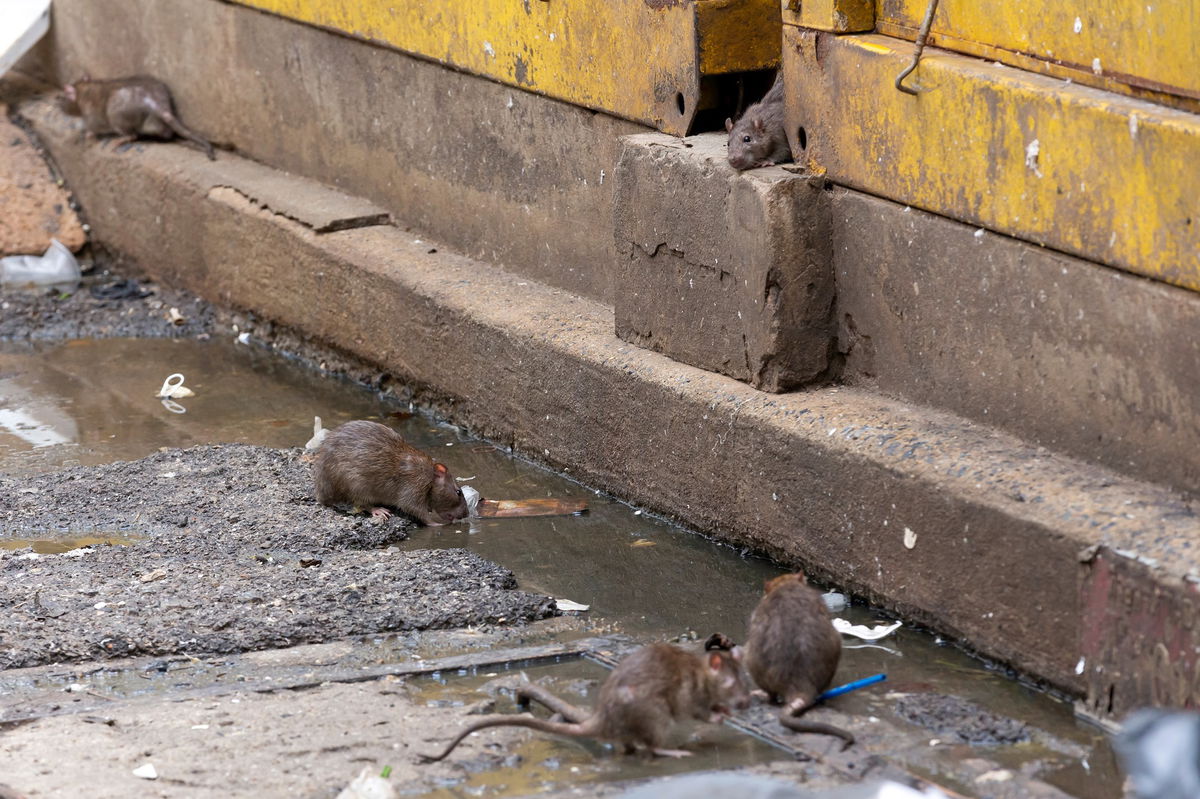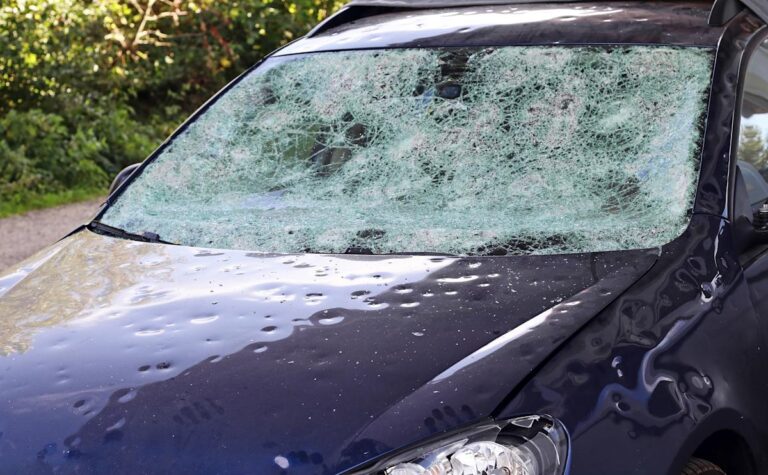
Definitely not a good sign when rats and snakes roam the streets of a city in broad daylight | Credit: Shutterstock
In the world’s biggest cities, when rats or snakes begin appearing on the roads, people don’t see it as a harmless coincidence. It’s a red flag—a symptom of imbalance, neglect, and decay.
When wild animals emerge from their hideouts or nesting locations and begin roaming the streets along with humans, public health concerns are not far behind. That nightmare is now a disturbing reality in the Spanish coastal town of Lloret de Mar, in Girona province, within the Catalan community, as reported by The Huffington Post.
What started as the odd rat and snake sighting has turned into something more annoying and, for those repulsed by these creatures, frightening for locals in neighbourhoods like Rieral and El Molí. There, residents say they’ve watched their once-quiet streets become overrun with rodents and even snakes slithering up from the local stream.
Out in broad daylight
What’s even more alarming is that this infestation is no longer shy. The animals no longer wait for nightfall. Rats dart through alleyways at midday. Snakes emerge from the underbrush just metres from people’s homes. “We’ve never seen so many,” the Huffington Post quoted a neighbour as saying, adding it’s seen as a danger for children as they are seen “crossing the streets at all hours of the day”.
“This has never happened like this before,” a local woman told Lloret Gaceta. “We used to take out the rubbish without a second thought. Now I’m afraid every time I lift the lid of the bin.”
She says rats are visible at all hours of the day, darting between bags of rubbish or scavenging openly in the streets — a new, disturbing normal.
But it’s not just rats. The problem has scaled.
Yes, snakes, too, are zigzagging
Snakes — yes, actual snakes — are now being spotted regularly in Rieral and El Molí, and many residents believe they know where they’re coming from. The Riera, the stream that snakes through these neighbourhoods, has become overgrown, stagnant and neglected. It’s teeming with vegetation, covered in standing water, and cloaked in an environment that invites exactly this kind of infestation.
“It’s the riera,” say many locals. “The weeds, the still water, the muck — it’s perfect for them.” What used to be a scenic stream has turned into a breeding ground for pests and reptiles. The snakes, once rarely seen, now slither close to houses and shops. And despite calls for help, there’s little visible intervention from the authorities.
What frustrates residents most is the sense of abandonment. Complaints are growing, photos are circulating, and the problem is worsening, not improving. It’s no longer a minor nuisance.
It’s a public health concern.
Lloret de Mar is a tourist magnet — one of the crown jewels of Costa Brava. But behind the postcards, a growing number of its residents feel like they’re being left to deal with something they never signed up for: sharing their homes with vermin and reptiles.
And unless the town takes action, they fear it will only get worse.


![Sunday is the last day to take advantage of the Chase refinance mortgage rate sale [Expired]](https://thenewsblend.com/wp-content/uploads/2025/12/eed000a0-caf6-11f0-baaf-499d9d48b516-768x512.jpg)



